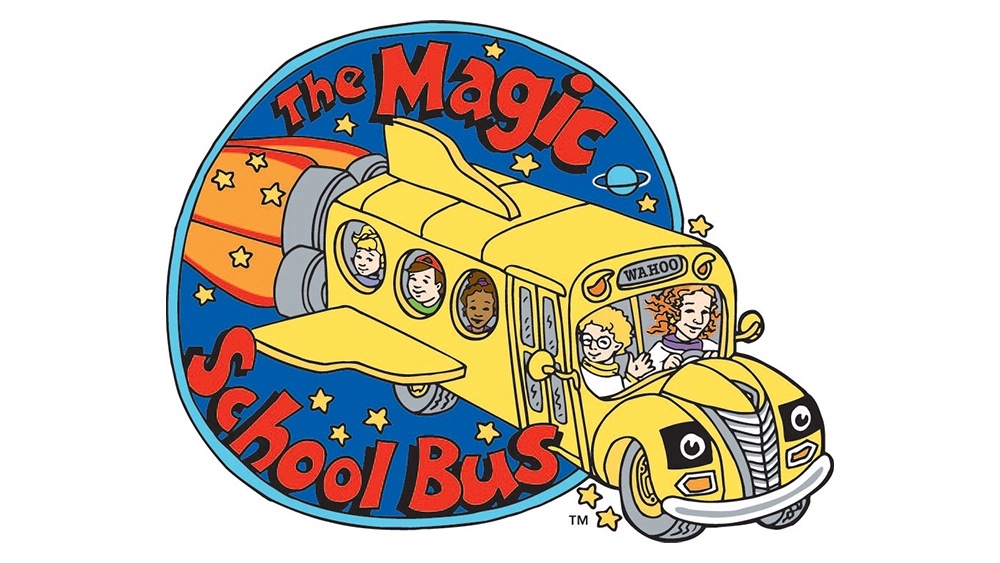Archive: Teacher Tip Tuesday: Start of School: Effective Discourse Strategies for Creating Inclusive Science/STEM Classrooms, September 20, 2022
This web seminar by members of NSTA’s Professional Learning Committee is designed to help teachers deepen their understanding of the effective and practical strategies to facilitate academic discourse that promotes inclusive science and STEM classrooms. Participants will engage in a variety of instructional strategies to ensure that all students have access to scientific discourse, and opportunities to collaborate with peers, through intentional planning.
This web seminar by members of NSTA’s Professional Learning Committee is designed to help teachers deepen their understanding of the effective and practical strategies to facilitate academic discourse that promotes inclusive science and STEM classrooms. Participants will engage in a variety of instructional strategies to ensure that all students have access to scientific discourse, and opportunities to collaborate with peers, through intentional planning.
This web seminar by members of NSTA’s Professional Learning Committee is designed to help teachers deepen their understanding of the effective and practical strategies to facilitate academic discourse that promotes inclusive science and STEM classrooms. Participants will engage in a variety of instructional strategies to ensure that all students have access to scientific discourse, and opportunities to collaborate with peers, through intentional planning.
This web seminar by members of NSTA’s Professional Learning Committee is designed to help teachers deepen their understanding of the effective and practical strategies to facilitate academic discourse that promotes inclusive science and STEM classrooms. Participants will engage in a variety of instructional strategies to ensure that all students have access to scientific discourse, and opportunities to collaborate with peers, through intentional planning.




